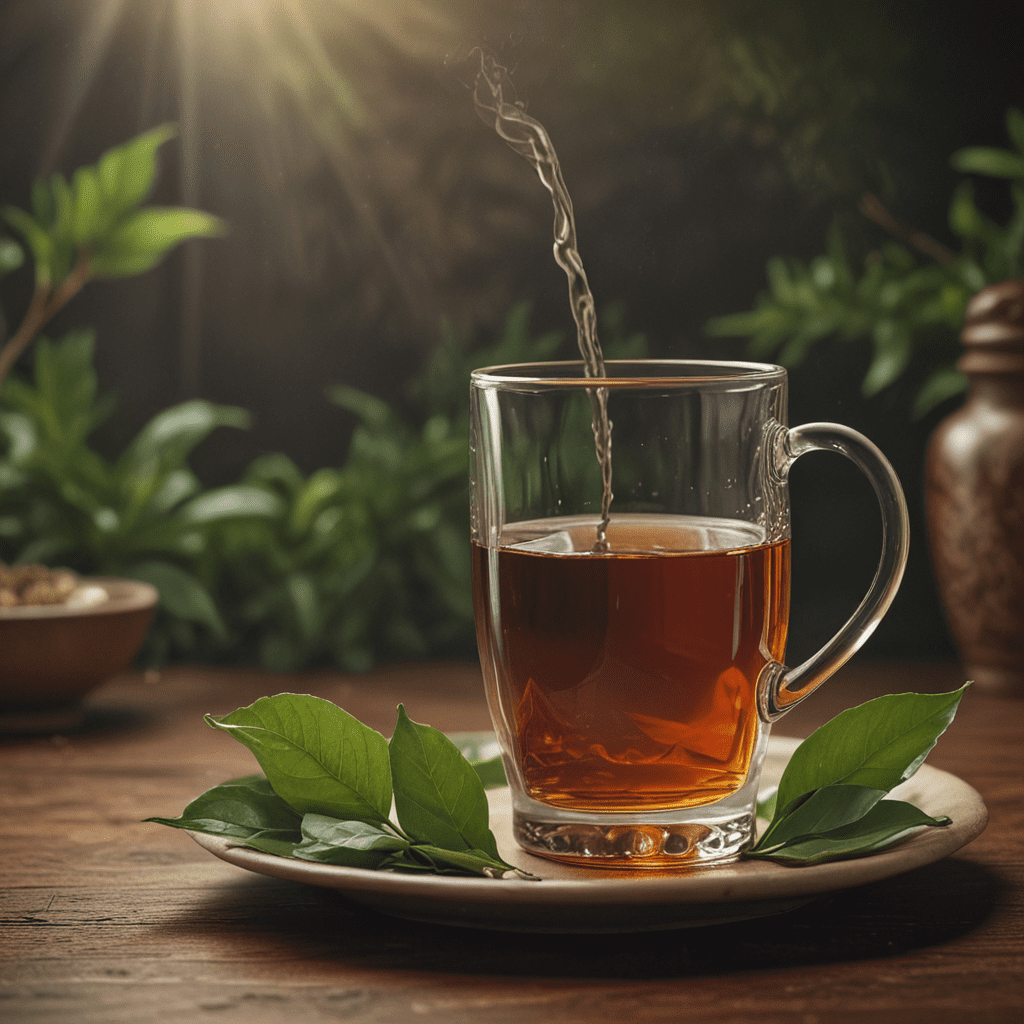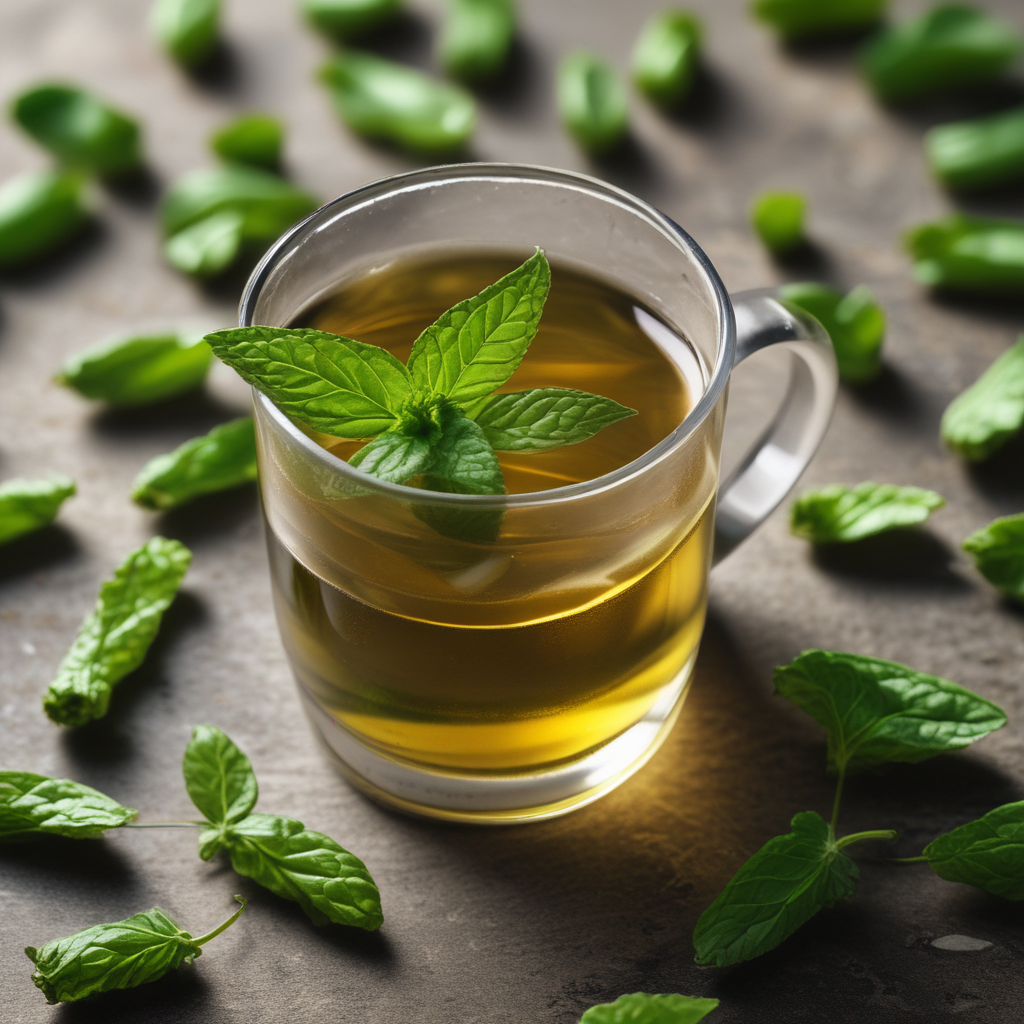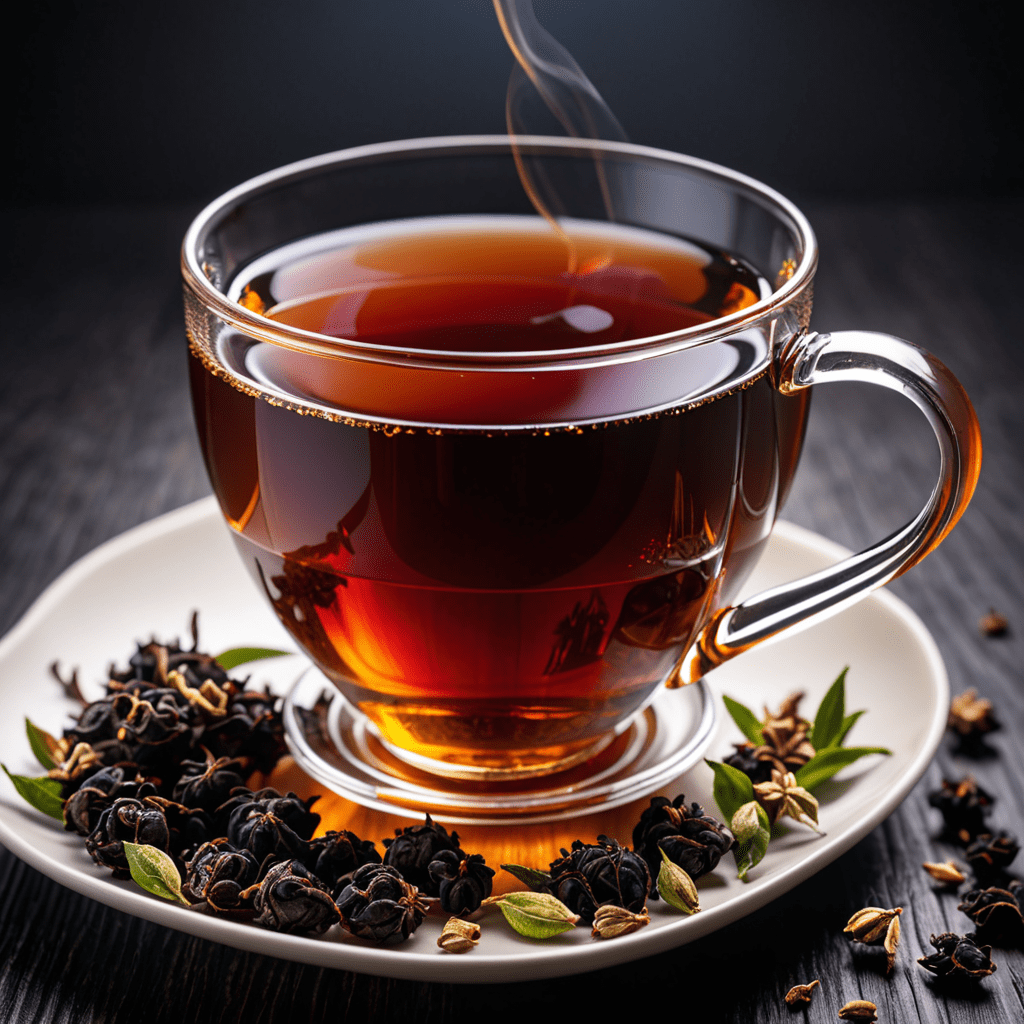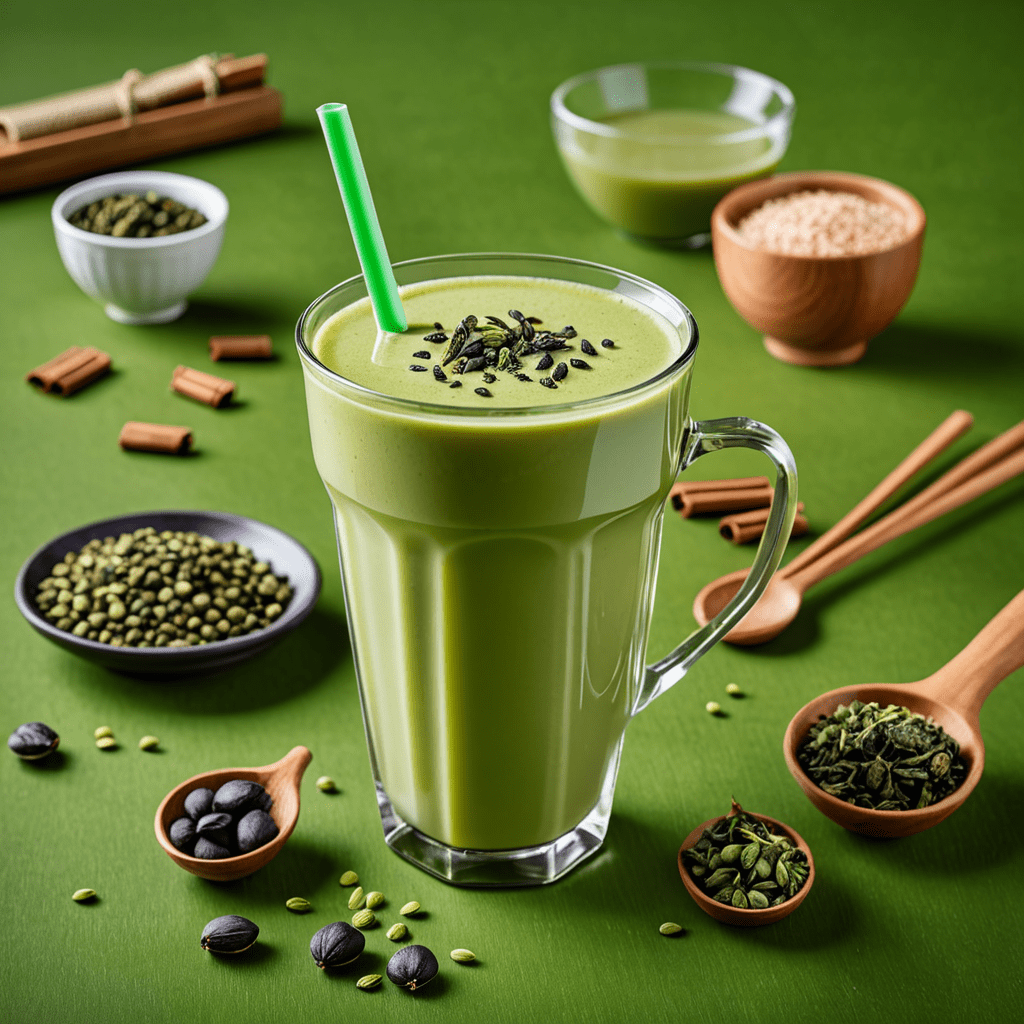
Ceylon Tea: A Blend of Tradition and Innovation
Historical Roots: Legacy of Tea Cultivation
Ceylon tea, renowned for its exquisite flavors and aromas, traces its origins to the lush hills of Sri Lanka (formerly Ceylon). The legacy of tea cultivation in this tropical paradise began in the mid-19th century, when Scottish planters introduced tea seedlings from China and Assam, India. These plants flourished in Sri Lanka's favorable climate and diverse terrains, giving rise to a thriving tea industry.
Geographical Origins: The Terroir of Sri Lanka
Sri Lanka's unique terroir, a combination of geographical and climatic factors, contributes to the distinctive characteristics of Ceylon tea. The island's central highlands, with their rolling hills and abundant rainfall, provide ideal conditions for tea cultivation. The distinct microclimates of different regions impart unique flavor profiles to the teas grown in each area.
Varieties and Characteristics: A Spectrum of Flavors
Ceylon tea encompasses a wide range of varieties, each with its own distinct flavor profile. The most prominent types include Black Tea, Green Tea, and White Tea. Black Tea, the most common variety, is known for its rich, full-bodied flavors, while Green Tea offers a more delicate, grassy character. White Tea, the rarest and most prized variety, boasts a subtle, sweet flavor and a pale golden hue.
Cultivation Practices: From Planting to Pruning
The cultivation of Ceylon tea is a labor-intensive process that requires meticulous care and attention to detail. Tea bushes are planted in well-drained soil and regularly pruned to maintain optimal shape and yield. Proper fertilization and irrigation practices ensure the vigorous growth of the plants.
Harvesting Methods: Preserving the Delicacy
The delicate nature of Ceylon tea leaves demands careful harvesting techniques. Skilled tea pluckers selectively handpick the two youngest leaves and the bud from each tea bush. These tender leaves contain the highest concentration of flavor and aroma, contributing to the exceptional quality of Ceylon tea.
6. Processing Techniques: Enhancing Aroma and Flavor
After harvesting, the tea leaves undergo a series of processing techniques to develop their distinctive flavors and aromas. Black Tea leaves are withered, rolled, oxidized, and dried, resulting in their rich, full-bodied character. Green Tea leaves are steamed or pan-fired to preserve their delicate flavors and vibrant green color. White Tea leaves are minimally processed, maintaining their subtle sweetness and pale golden hue.
7. Innovation in Ceylon Tea: Modern Approaches
While Ceylon Tea boasts a rich tradition, the industry has also embraced innovation to enhance production and quality. Modern technologies, such as controlled fermentation and computerized sorting, have optimized the processing of tea leaves. Research and development have led to the development of new tea varieties with unique flavor profiles, catering to evolving consumer preferences.
8. Global Recognition: Ceylon Tea's International Impact
Ceylon Tea has gained worldwide recognition for its exceptional quality and diverse flavors. Its presence in international markets has established Sri Lanka as a leading tea producer and exporter. The Ceylon Tea Board, a government agency, plays a crucial role in promoting and regulating the industry, ensuring the consistent quality and reputation of Ceylon Tea.
9. Sustainability Initiatives: Preserving Tradition for Future Generations
Sustainability is at the forefront of the Ceylon Tea industry. Tea plantations have implemented eco-friendly practices, such as organic farming, to protect the environment and preserve the delicate balance of the ecosystem. Ethical sourcing and fair labor practices ensure the well-being of tea workers and their communities.
10. Culinary Delights: Ceylon Tea's Versatile Uses
Beyond its traditional enjoyment as a brewed beverage, Ceylon Tea finds versatility in various culinary applications. Its rich flavors enhance baked goods, desserts, and savory dishes, adding depth and complexity. Tea-infused cocktails and mocktails offer a refreshing and flavorful twist, while tea-based seasonings elevate culinary creations.
Frequently Asked Questions (FAQs)
- What makes Ceylon Tea unique?
Ceylon Tea is renowned for its diverse flavors, exquisite aromas, and consistent quality, thanks to Sri Lanka's unique terroir and meticulous cultivation and processing practices.
- What are the different types of Ceylon Tea?
Ceylon Tea encompasses a wide range of varieties, including Black Tea, Green Tea, and White Tea, each with its own distinct flavor profile and characteristics.
- How is Ceylon Tea processed?
The processing of Ceylon Tea varies depending on the desired type. Black Tea leaves undergo withering, rolling, oxidation, and drying, while Green Tea leaves are steamed or pan-fired, and White Tea leaves are minimally processed to preserve their delicate flavors.
- Is Ceylon Tea sustainable?
Sustainability is a key priority for the Ceylon Tea industry. Tea plantations embrace eco-friendly practices, including organic farming, and ethical sourcing ensures the well-being of tea workers and their communities.
- How can I enjoy Ceylon Tea?
Ceylon Tea can be enjoyed as a brewed beverage or incorporated into various culinary applications. Its rich flavors complement baked goods, desserts, and savory dishes, and tea-infused beverages offer a refreshing and flavorful twist.


